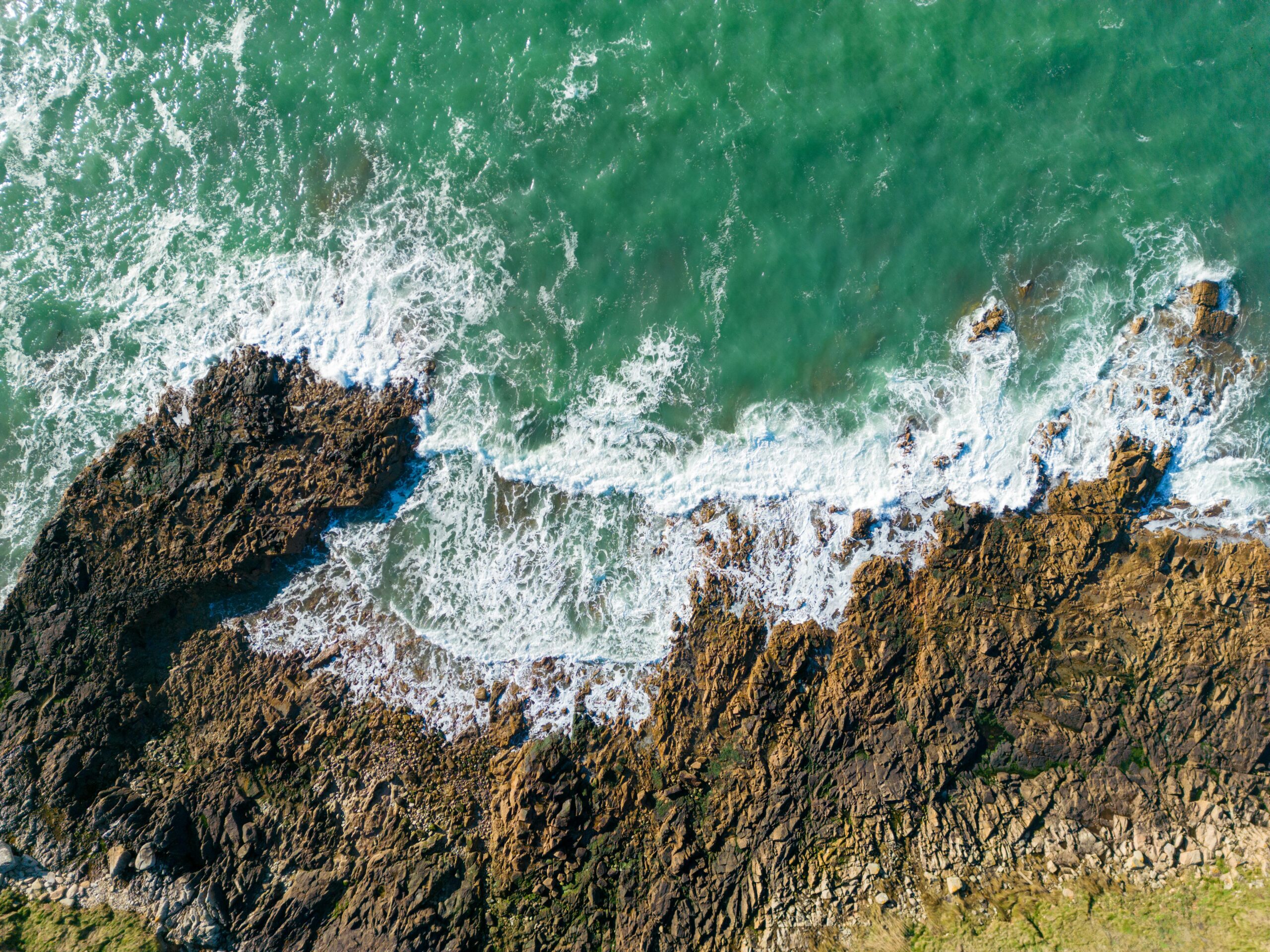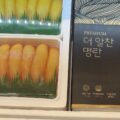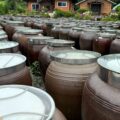Taean Peninsula

My Culinary Journey into Taean Peninsula
I’ve always been picky about food. Since childhood, my mother has been haunted by my fussy eating habits. Many dishes were impossible for me to tolerate, and for a long time, I couldn’t even smell certain foods because of my sensitive stomach. Yet my highly developed sense of smell opened a different world: wine, coffee, and traditional liquors became true pleasures. Today, I can detect not only the subtleties of food but also the everyday scents around me with astonishing clarity.
Realizing that my picky appetite was actually a path to gastronomy, I understood that those who follow food are among the happiest people in the world. This is why I invite you to join me, dear readers, on a culinary journey through Taean.
The fleeting spring is long gone, and my searches for refreshing drinks and local ingredients often leave me exhausted and drenched in sweat. I have always preferred the sea to the mountains, and for me, Taean in South Chungcheong Province is a perfect retreat.
The West Coast, which I recently discovered, captivated me: the foothills rise suddenly as you sail offshore, fields stretch beyond, and finally the sea opens before you. Since 2014, I have visited frequently, despite some personal disappointments. Each return to Taean broadened my perspective and renewed my culinary delight.
The Taean Peninsula, with its mountains, fields, and sea all in one place, is a true food treasure, earning it the nickname “Korean Tuscany.” Compared to Italy’s Tuscany, it shares a similar latitude and an impressive agricultural richness.
Key products include rice, ginger, six-lobed garlic, sweet potatoes, peppers, windbreak vegetables, fresh seafood, and West Sea salt. Its tidal flats are among the five largest in the world, attracting chefs and tourists alike.
On a bright April day, I arrived at Seosan Dongbu Market, where the smell of grilled fish filled the air and stirred my senses. An elderly vendor offered me Gamtae, lightly grilled in sesame oil. Gamtae, bright light green, is cultivated exclusively in Taean’s natural tidal flats. Its flavor is more complex than ordinary seaweed and perfect for wrapping around grilled meat, adding to ramen, or making porridge for easier digestion.
Master Song Cheol-su, a local seaweed expert, advises that the best gamtae is harvested from January to March. Those from Garorim Bay are especially prized for their rich flavor, pleasant texture, and vibrant green color.
In the seafood street, the variety is stunning: plump shrimp, sea bass, cuttlefish, clams, and more. Vendors are warm and informal, offering tips and stories. Local specialties include Ureokpo (dried sea bass, grilled or braised), yellow corvina (delicious grilled or braised), and Ureokjeotguk (soup made with boiled rice water and salted seafood). I bought young croakers for my 80-year-old mother, her favorite dish, recalling my childhood sensitivity to fish smells.
Taean’s fermented oysters, or jeotgal, are another highlight. The small oysters from Gopa and Ganwol Islands are marinated in sea salt for three years, then fermented for a week. The flavor varies depending on size, origin, and handling. West Coast oysters are smaller and firmer, while those from Tongyeong are tender and ideal for cooking.
We dined at a market restaurant using fresh seafood. The calm atmosphere made it easy to ask questions while enjoying the meal. My friend Elizabeth chose braised largehead hairtail and added braised octopus. The spicy sauce complemented the rich, tender seafood perfectly. We finished with seafood kalguksu cooked in octopus broth. A glass of cheongju or white wine would have perfectly completed the experience.
Through this journey, I realized that picky tastes and a sensitive nose are not limitations—they are guides toward discovering the finest flavors. Taean, with its sea, fields, and culinary treasures, remains one of my happiest destinations.
Ms. Veronica Kang



